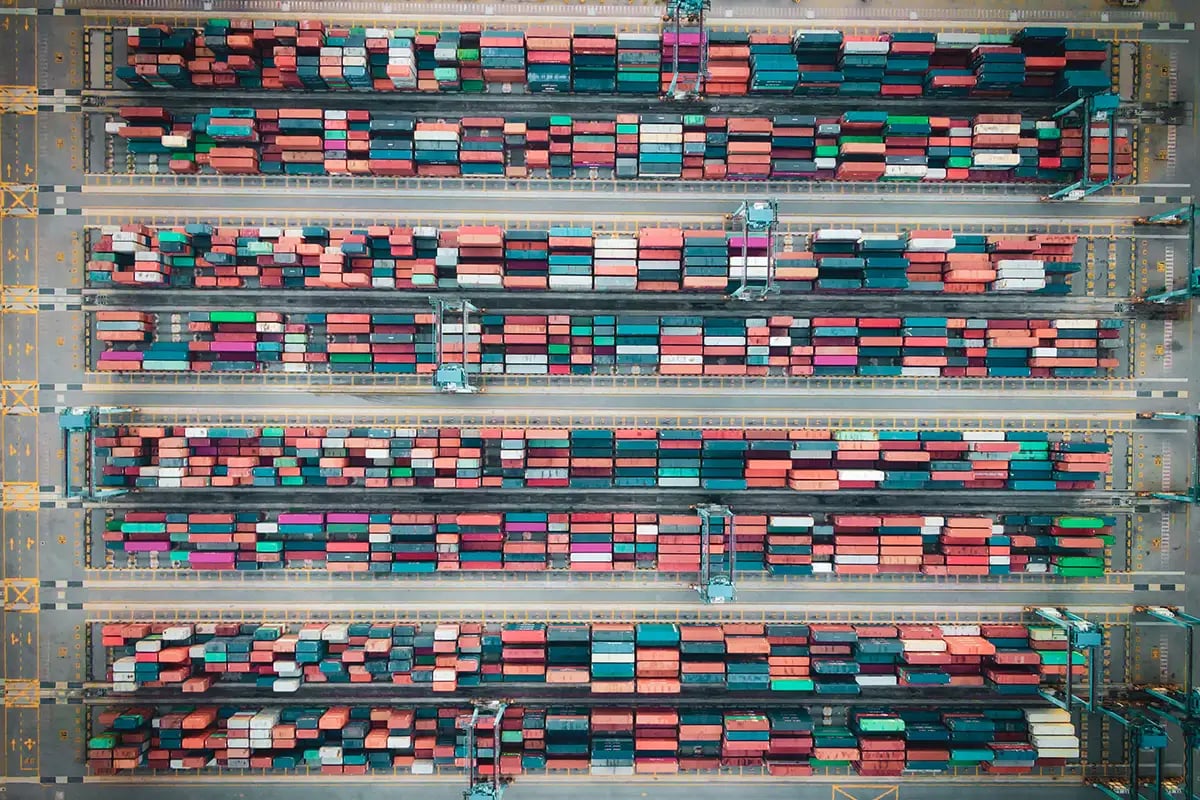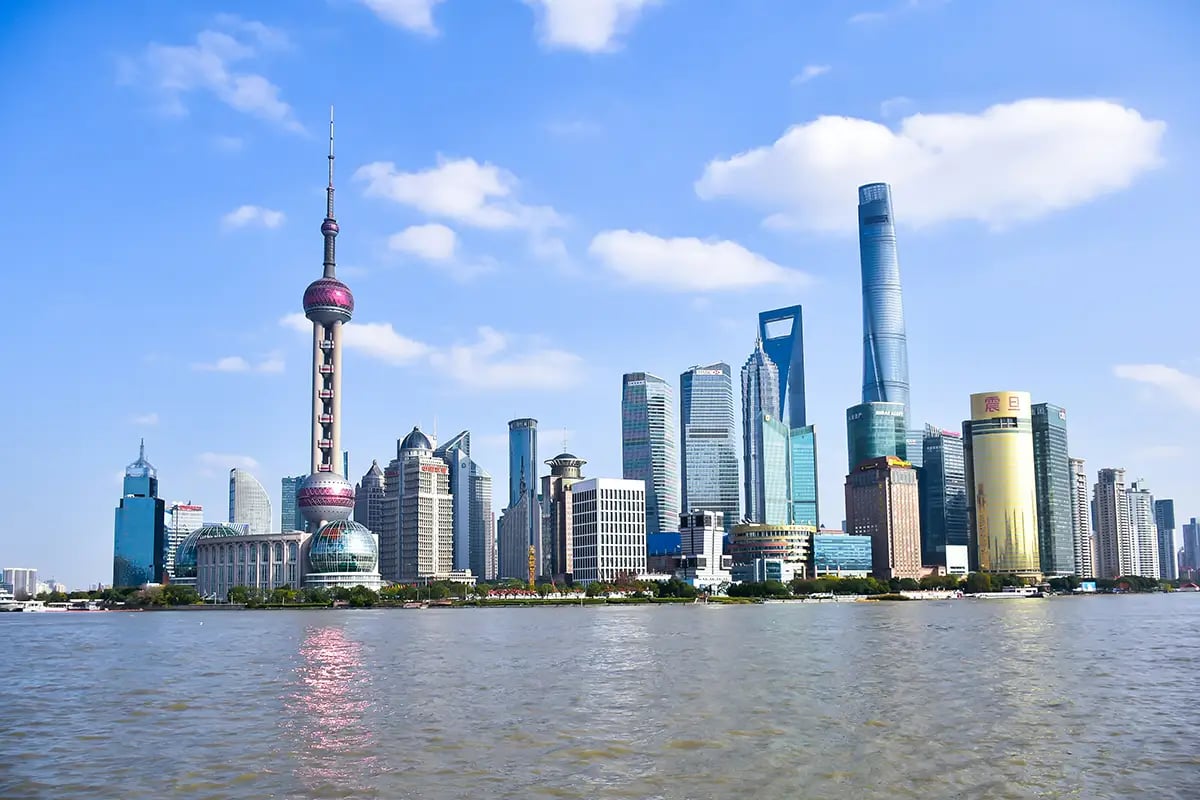China’s economy grew by 5.4 percent in the first quarter of 2025, surpassing expectations despite mounting external pressures from an intensifying trade war with the United States, the country’s National Bureau of Statistics (NBS) announced.
The stronger-than-expected performance was driven by robust industrial output, which jumped 6.5 percent, marking the fastest growth among key sectors. The services sector followed with a 5.3 percent expansion, while retail sales and agricultural production rose by 4.6 percent and 4.0 percent, respectively.
“The national economy was off to a good start and the high-quality development was advancing with new and positive momentum,” the NBS said.

Read: China raises tariffs on U.S. goods to 125 percent from 84 percent, says finance ministry
However, China’s economy is witnessing a more “complex and severe” external environment, according to NBS, adding that the “foundation for sustained economic recovery and growth is yet to be consolidated”.
The upbeat data comes as China and the U.S. remain locked in an escalating trade war, casting a shadow over future economic prospects.
President Donald Trump has imposed a 145 percent tariff on Chinese goods, with threats of further restrictions on critical exports, including semiconductors and rare earth minerals.
In response, Beijing slapped a 125 percent retaliatory duty on U.S. imports and vowed to “fight to the end” if trade tensions continue to escalate.
Despite the headwinds, analysts believe Beijing is likely to ramp up economic support measures to maintain its 2025 growth target of around 5 percent.
“The economy is off to a much-needed strong start in 2025,” Lynn Song, Chief Economist for Greater China at ING said in a note. “Second-quarter growth will likely take hits from the sharp escalation of President Trump’s trade war.”
Zichun Huang, China Economist at Capital Economics, echoed the sentiment, noting that fiscal support helped March numbers outperform, but broader growth momentum remains under pressure.
“But this wasn’t enough to deliver faster growth over the quarter as a whole. And with exports set to weaken, growth is still on course to slow this year.”
As the world’s second-largest economy navigates turbulent global conditions, policymakers face the challenge of balancing short-term stimulus with long-term structural resilience — especially as geopolitical uncertainty threatens to reshape global trade dynamics.
For more news, click here








